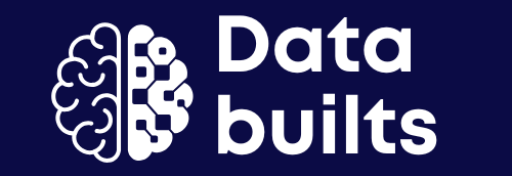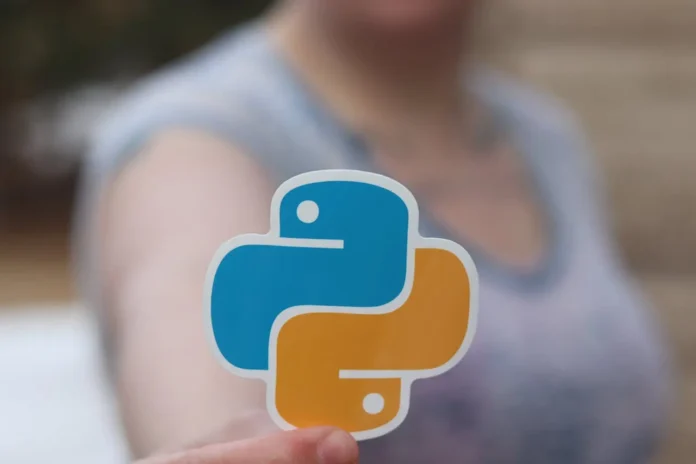Explore The Power Of Data With Python For Data Science
We process so much information every day. But what if you have no way to understand it? Do not worry. Data science can help you with that. Companies, governments, and organizations need to understand this information well. Why? To make better decisions, improve services, and solve complex problems. This is why data science has become one of the most prominent fields in the modern workforce. And data science is everywhere, in places we do not even know. Remember that time Netflix recommended your next favourite show? Or when the weather forecasts predict tomorrow’s temperature? Data science is quietly changing our world. Where does Python come into all this? Python is the worldwide data scientists’ go-to tool. But why Python for data science?
Let us explore what makes this programming language so special for data science in this article.
Why Is Python For Data Science a Game Changer?
What is Python?
Python is like the English language of programming. It is clear, readable, and does not bother you with unnecessary complexity. Python uses simple, everyday words like ‘if,’ ‘while,’ and ‘for’ to perform tasks. Sometimes when you see other programming languages, you might think, Are these like complex mathematical equations?
But Python is not like that. You can read it in plain English. Beginners love Python because of its simplicity. No wonder it is popular in classrooms and offices.
Why Python for data science?
Python is a champion when it comes to data science. There are a few reasons for that. First, it is like having a massive toolbox. These tools are specifically designed for analyzing and processing data, and they can make all the complex data science tasks surprisingly manageable. These tools are free, and well-maintained, and there is a large developers and data scientists’ community to back them.
As of today, Python is dominating the data science field, alongside other best programming languages for data science like R, Julia, and SQL. Since Python is versatile, data scientists use it for nearly every step of their data science projects. Whether they want to,
- collect and clean data
- analyze customer behavior
- predict market trends
- process scientific data
- or create sophisticated machine learning models and present results through interactive visualizations, Python gives them the capabilities they need.

Key Python Libraries For Data Science
Let’s look at some of the essential Python libraries for data scientists today. These Python libraries are like pre-built tools. They save you time.
NumPy (Numerical Python)
This is a very powerful calculator. It can handle complex math operations and works with large arrays and matrices easily. When data scientists need to do scientific and numerical computations much faster than traditional programming methods, NumPy is their best friend.
Pandas
You are looking at a powerful, open-source data analysis and manipulation tool built on top of the Python programming language.
Want to organize, clean, and analyze data in a structured way?
Use this library. It can greatly handle messy data, like missing values or inconsistent formats. It can read and write data from various file formats, like CSV, Excel, and SQL databases.
Matplotlib and Seaborn
These are data scientists’ tools for data visualization. They turn numbers into clear, informative graphs and charts. Together, they help data scientists create everything from simple line graphs to complex statistical visualizations.
Scikit-learn
This is data scientists’ machine learning toolkit. It gives simple tools for data prediction, analysis, and mining. Whether data scientists want to predict house prices or classify customer behavior, Scikit-learn makes it easy.
Python For Data Science vs R Programming For Data Analysis
As we said before, Python is not the only player in top data science languages 2025. But it has some clear advantages over its competitors. Let us compare it with R, its closest rival.
Python R
More versatile. Can be used for web development, automation, and data science. Holds its ground in certain areas, especially in specialized statistical analysis and academic research.
More intuitive for beginners More specialized and technical at first
clean syntax and readability Although more powerful for statistical analysis, R is mainly focused on data analysis and visualization.
Real-world Applications of Python In Data Science
Python has a huge impact on data science across industries.
Healthcare
- Analyze patient records to improve care.
- Predict potential health risks
- Manage hospital resources more effectively.
- For example, AstraZeneca harnesses data for innovation in medicine, using Python to analyze large datasets and develop new treatments.
Business
- Understand customer behavior
- Optimize inventory management
- Improve marketing strategies
- For example, Walmart leverages Python for sales forecasting and inventory management.
Finance
- Fraud detection
- Risk assessment
- Algorithmic trading
- For example, Goldman Sachs and Chase use Python for market analysis and forecasting.
Conclusion
Python is ranking high in modern data science. And it is an earned position. Since Python is simple, powerful, and versatile, any beginner or experienced programmer can use it to succeed in the data science field.
The best part?
You do not need to be a programming expert to get started in Python for data science. Any programmer can begin with basic concepts and gradually work their way up to more complex applications with Python. The powerful Python libraries and strong supporting communities are always on your back.


